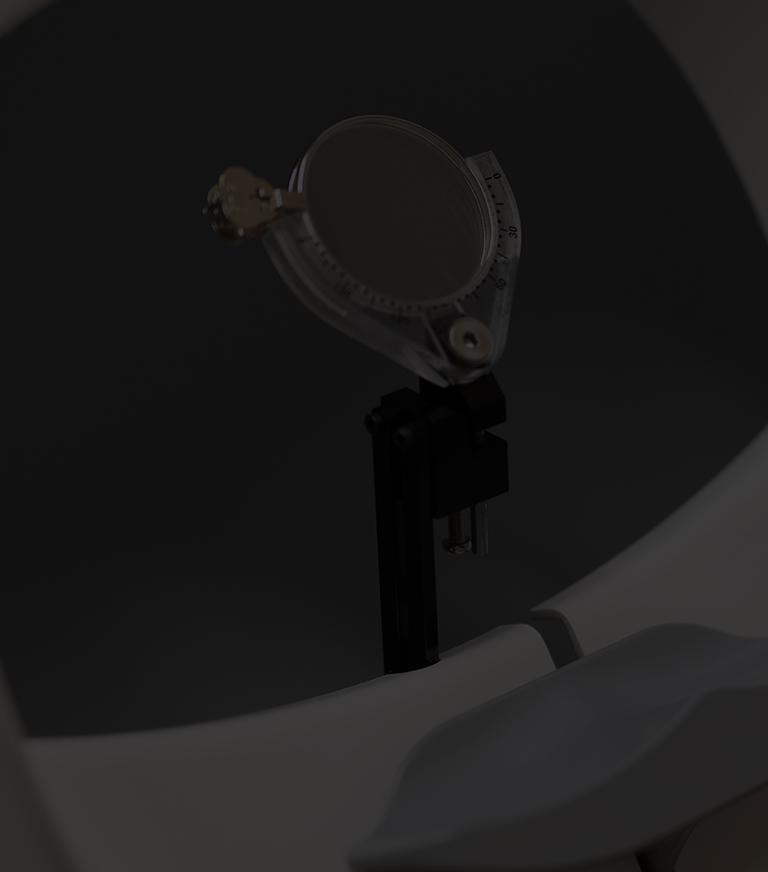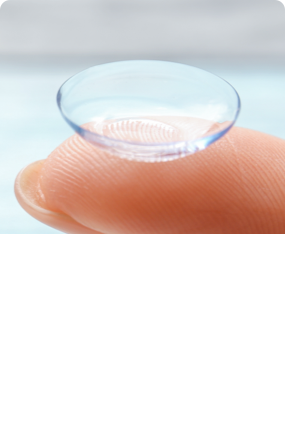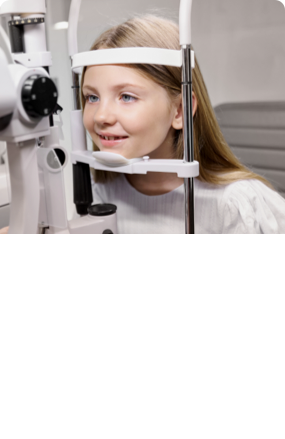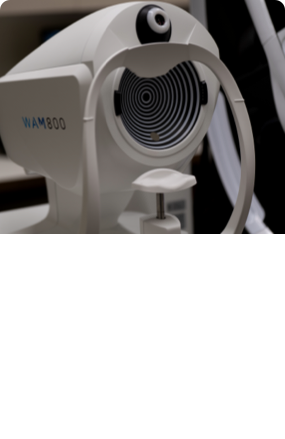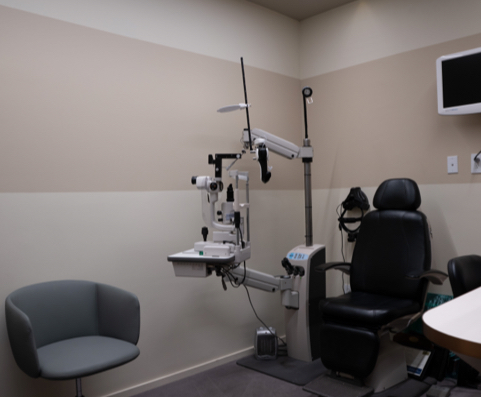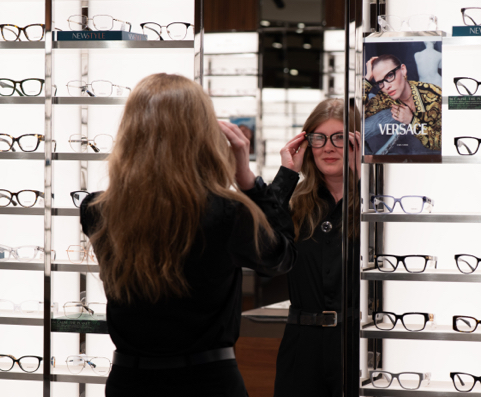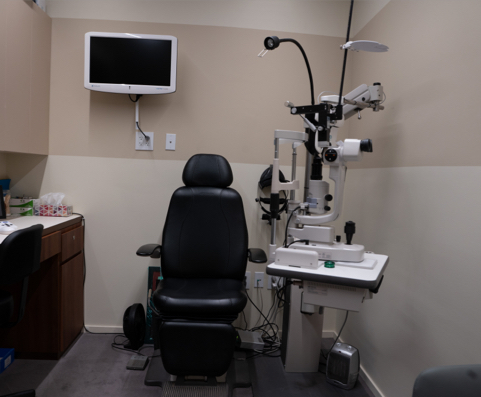Whether you or someone you know is experiencing blurry vision, dulled colours, sensitivity to light, or difficulty driving at night, cataracts can significantly impact your life. But cataract surgery can help you successfully return to your normal activities with improved vision. However, you may wonder: how long does cataract surgery take?
Cataract surgery is a routine procedure that can take as little as 20 to 30 minutes to complete. However, your surgeon may keep you in the office to monitor your eyes for up to an hour. A comprehensive eye exam can detect early signs of cataracts, and your optometrist can help you determine whether surgery is the best treatment option for your eyes.
What Are Cataracts?
Simply put, a cataract is a clouding of the lens in the eye, which causes vision to become blurry or impaired. Cataracts can occur in either one or both eyes, and they are often a result of aging. However, cataracts can also develop due to injury, genetics, or certain medications.
You should see your optometrist to test for cataracts if your experience vision changes, such as:
- Blurry or cloudy vision
- Muted or faded colours
- Poor low-light vision
- Lamps or headlights appear too bright
- Double vision
- Halos around light
Treatment Options for Cataracts
While cataracts can cause significant impairment to your vision, the good news is that they can be treated effectively. However, surgery is the only way to completely rid your eyes of cataracts.
For some patients, eyewear such as prescription glasses or contact lenses can help alleviate some of the symptoms caused by cataracts. However, if your cataracts significantly affect your vision, you will likely need to undergo surgery. During cataract surgery, the clouded lens is removed, and an artificial lens implant is inserted to restore clear vision.
Cataract Prevention
While certain risk factors for cataracts are out of our control, such as age or genetics, there are still things you can do to help minimize your risk of developing cataracts.
- Schedule regular eye exams
- Protect your eyes from UV light exposure by wearing sunglasses
- Eat a healthy diet rich in vitamins and nutrients
- Quit smoking
What Happens During Cataract Surgery
The surgery entails removing your cloudy natural lens and replacing it with an artificial intraocular lens (IOL) customized to your needs. Several types of IOLs are available to correct your unique vision concerns, including:
- Monofocal IOL: The most common lens, set to focus at a single distance
- Multifocal IOL: Provides focus with 2 different zones of power for near and distant vision
- Toric IOL: The best lens for astigmatism
Cataract surgeries have progressed tremendously in the last few decades, with small, precise instruments and high-definition 3D imaging.
Phacoemulsification is the most popular and efficient method used in cataract surgeries worldwide. It involves making a tiny incision in the cornea and using ultrasound technology to gently break up and remove the cloudy lens. The IOL is then inserted, and the incision seals itself without stitches.
Surgery Duration
The surgeon will use local anesthesia, such as eye drops or a small injection around the eye, to numb the area and help prevent discomfort during the operation.
Cataract surgeries typically take between 10 and 15 minutes per eye. Your surgeon can remove the cataract, insert the IOL, and finish the procedure in that timeframe. In exceptional cases, such as complex conditions or patients with severe eye damage, the surgery may take up to an hour.
After you’re numb, your surgeon will follow a series of steps.
- A small incision will be made in your cornea.
- Using phacoemulsification, ultrasound waves will break up cataracts and the natural lens, then suction out the pieces.
- Through the incision, your new IOL will be inserted and situated in the lens capsule.
After cataract surgery, you’ll spend a little time recovering in the office for approximately 30 minutes to an hour. You can go home the same day, and most patients report little to no pain, only mild discomfort.
You will be instructed to avoid lifting heavy items, rubbing your eyes, swimming, or engaging in strenuous activities for the first week. The surgeon will also prescribe antibiotic and anti-inflammatory eye drops to aid healing and prevent infections.
Your optometrist will perform your final follow-up four to six weeks after the surgery. At that visit they will do a final check of your vision, check for any post-operative complications and determine your final spectacle prescription to see if any glasses are going to be necessary (this depends on whether you chose a monofocal, multifocal, or toric IOL).
Schedule Regular Eye Exams to Preserve Your Eye Health
Cataracts are common as you age, but you can manage the early stages of cataracts or have eye surgery to restore your vision. If you’re experiencing any symptoms of cataracts or have concerns about your eye health, schedule an appointment with the team at Orchard Park Optometry in Kelowna.
During your comprehensive eye exam, your eye doctor can evaluate your condition and recommend the best treatment for happy eyes.
